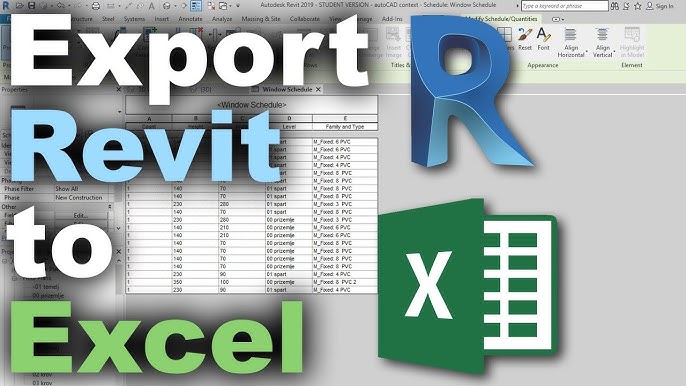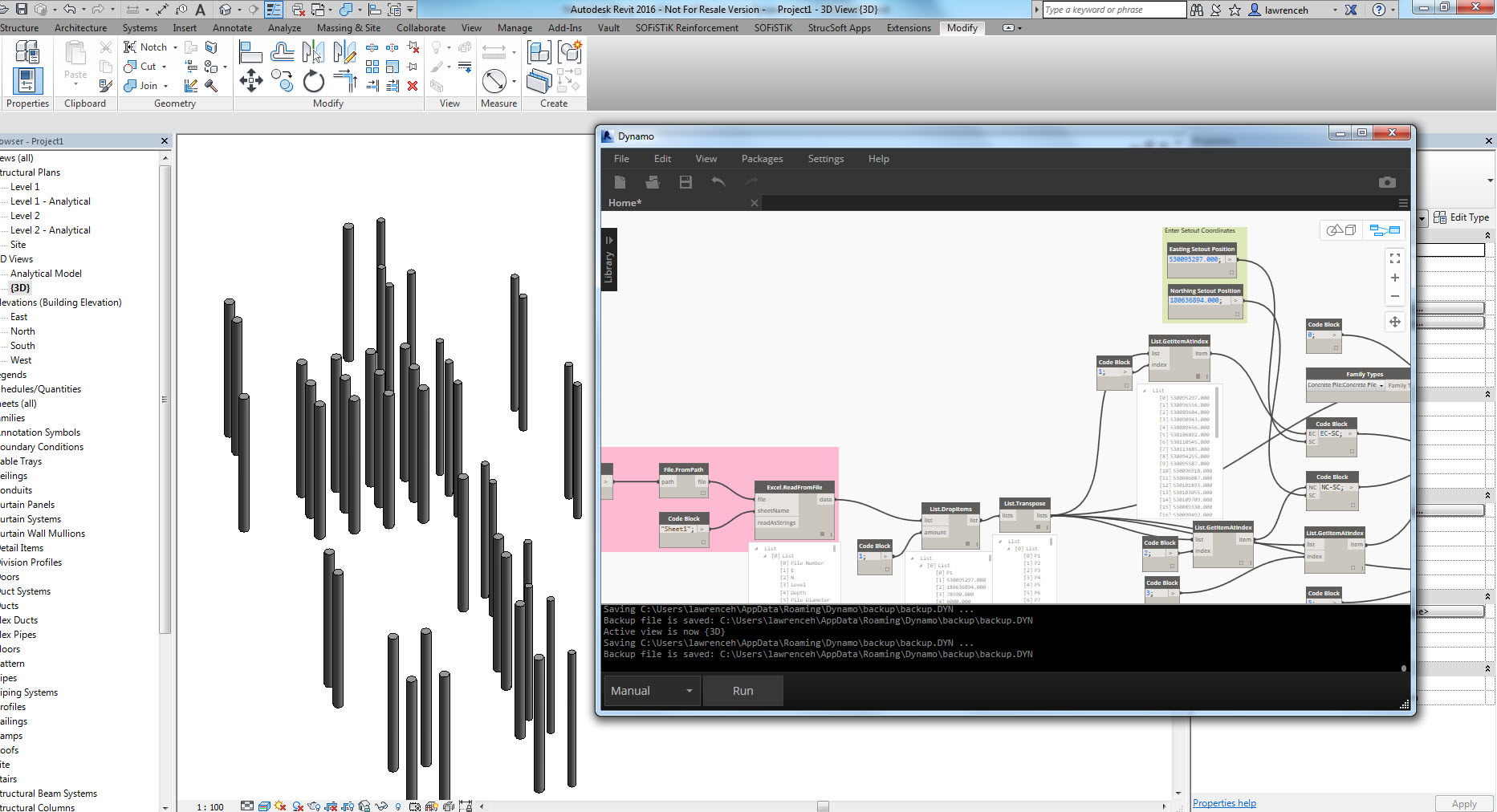Import Excel into Revit: Enhancing Your Workflow
Wiki Article
Revit Accelerator: Excel Combination Strategies for Enhancing Productivity and Partnership
In this short article, we will certainly discover the benefits of incorporating Excel right into your Revit workflows. And also, we will certainly share ideal methods for flawlessly integrating Excel right into your Revit projects. Get all set to supercharge your Revit experience with our Revit Accelerator: Excel Combination Strategies!Advantages of Excel Combination in Revit
The benefits of Excel combination in Revit are various and can substantially boost efficiency and cooperation. By effortlessly attaching these 2 powerful devices, you can enhance your process and conserve valuable time. With Excel combination, you can conveniently import and export data in between Revit and Excel, enabling you to utilize the strengths of both programs.
One more benefit of Excel combination is the ability to create vibrant routines and records. By connecting your Revit version to an Excel spread sheet, any changes made in Revit will immediately upgrade in the matching Excel data. This makes it easy to produce up-to-date routines, amount departures, and other job paperwork.
Excel assimilation in Revit also allows far better collaboration among staff member. With the ability to import and export information, you can quickly share information with colleagues who might not have access to Revit. This promotes effective interaction and enables far better sychronisation and decision-making.
Enhancing Process With Revit and Excel
Improving process with Revit and Excel can greatly boost efficiency and partnership. By combining the abilities of Revit and Excel, you can effortlessly transfer information between the two applications, removing the demand for manual data entrance and minimizing the risk of errors.
Making Use Of Revit and Excel with each other allows you to take advantage of the strengths of each program - revit add ins. You can export data from Revit right into Excel, where you can do complicated estimations, create graphs and charts, and analyze the information in an extra well organized and reliable fashion. On the other hand, you can import information from Excel right into Revit, enabling you to rapidly upgrade your designs and documents based upon adjustments made in Excel
The integration of Revit and Excel also advertises collaboration amongst employee. By sharing Excel documents, you can conveniently team up and interact on layout and construction-related information. This boosts sychronisation and ensures that every person is dealing with the most current details.
Taking Full Advantage Of Collaboration With Excel and Revit
To make best use of collaboration with Excel and Revit, you can effortlessly update and share layout and construction-related information with your team. By incorporating Excel with Revit, you can eliminate the demand for hand-operated data entrance and minimize the threat of mistakes. With just a few clicks, you can import Excel spread sheets right into your Revit model, permitting you to easily gain access to and control the data. This assimilation allows you to work together more efficiently with your team, as every person can service the same information in real-time.Among the key benefits of utilizing Excel in combination with Revit is the capability to update data in both programs at the same time. Any adjustments made in Excel will immediately be reflected in Revit, and the other way around. This ensures that every person is collaborating with the most updated details, avoiding complication and saving important time.
In addition, Excel offers effective devices for examining and organizing information, which can substantially boost your partnership efforts. You can produce custom-made reports and charts in Excel, assisting you to envision and communicate important you could try these out job details properly. This can be particularly beneficial when providing data to stakeholders or making notified choices based on task metrics.
Advanced Techniques for Increasing Performance in Revit Using Excel
By making use of sophisticated techniques in Revit, you can considerably boost your productivity by leveraging the power of Excel. With Revit's Excel integration attribute, you can link Excel spread sheets directly to your Revit version, enabling you to quickly manage and update information.
In addition, you can utilize Excel macros to automate repeated jobs in Revit (revit tool). Macros allow you to videotape a series of actions and play them back with a single click, saving you effort and time. For instance, you can develop a macro to instantly create space timetables or upgrade specification values wholesale.
Best Practices for Excel Assimilation in Revit
Making Use Of Excel as a data administration device in Revit enables effective management and pop over to this web-site upgrading of data. By integrating Excel into your Revit workflow, you can improve your procedures and boost performance. One of the most effective practices for Excel combination in Revit is to create a clear and organized data framework. This implies making your Excel spreadsheets with columns and rows that align with the criteria and groups in your Revit project. By doing so, you can easily import and export data in discover this between Revit and Excel without any type of confusion. An additional best method is to make use of solutions and features in Excel to automate calculations and data adjustment. This can save you time and guarantee precision in your data management. In addition, it is necessary to on a regular basis upgrade your Excel spreadsheets and sync them with your Revit project. By doing this, any adjustments made in Revit will be mirrored in your Excel data, and the other way around. By following these finest practices, you can effectively use Excel as a data monitoring tool in Revit and boost your performance and partnership.Conclusion
In final thought, integrating Excel with Revit can significantly boost productivity and collaboration in the design process. By leveraging the power of Excel, Revit customers can attain higher degrees of productivity and cooperation in their jobs.With Excel combination, you can quickly import and export data between Revit and Excel, enabling you to utilize the toughness of both programs.
One of the crucial advantages of Excel combination is the capacity to use Excel formulas and features within Revit. By connecting your Revit design to an Excel spread sheet, any type of modifications made in Revit will automatically update in the equivalent Excel documents. On the various other hand, you can import information from Excel into Revit, allowing you to quickly update your models and documentation based on changes made in Excel.
With Revit's Excel combination feature, you can link Excel spreadsheets straight to your Revit model, enabling you to conveniently handle and update information.
Report this wiki page